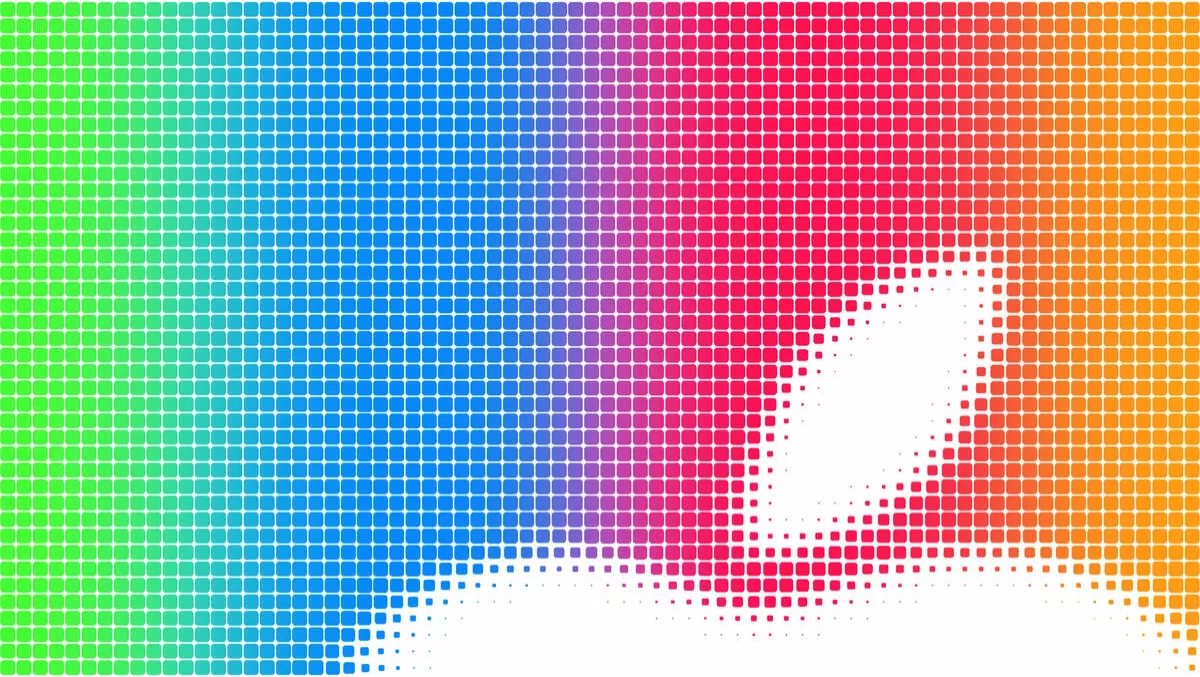
Apple takes WWDC back to its roots with software updates...
Apple kicked off its annual World Wide Developer Conference (WWDC) last week with a raft of updates for its iOS and OSX software platforms.
Among many small feature updates were a number of more significant announcements, including frameworks for integrating wearables and smart home devices, the opening up of the TouchID sensor to third parties, a system for sharing data between iOS apps, and the introduction of a new software language.
With beta versions of the software already in the hands of developers, we expect the updates to maintain the competitiveness of the platforms when they arrive on devices later this year.
Plenty to mull over, but no big “one more thing” announcement
In a break from recent form, Apple did not use the event keynote to launch new hardware, returning instead to the software roots of the developer-focused conference with a veritable glut of announcements, centered on the new versions of Apple’s two software platforms, iOS 8 and OSX 10.10 Yosemite.
In addition to updates to the individual platforms, Apple introduced features that aim to bring the two closer together (or add “continuity” as Apple puts it), namely iCloud Drive, AirDrop, and Handoff.
The tighter integration of the two platforms should improve the multi-screen experience for users while driving loyalty for Apple products.

HealthKit and HomeKit aim to address fragmentation in wearables and smart home markets
New in iOS 8, HealthKit is a software framework that integrates third-party health and fitness devices and services, consolidating the data into a single interface that can be accessed via the accompanying Health app.
HomeKit fulfills a similar role for the connected home, in theory enabling a user to control all the connected devices in their house via Apple’s Siri intelligent assistant.
Apple has already signed up a number of partners for both initiatives: Nike and the Mayo Clinic for HealthKit and August, Honeywell, iHome, TI, and others for HomeKit.
Both frameworks aim to address one of the largest sticking points in the consumer “Internet of things” - that of fragmentation.
By providing a middleware integration layer, Apple can potentially improve the user experience by bridging the gap between the various silos that currently exist.
Apple isn’t the first to address this fragmentation issue though, and as such the development poses a risk for vendors that have sprung up in this market, such as Revolv and SmartThings, in addition to connected home service providers such as AT&T’s Digital Life.
One key advantage these hub-based providers have is that they can connect to various devices using different wireless standards (another area of fragmentation), whereas HomeKit will only be able to use the Wi-Fi and Bluetooth radios in the iPhone.
While we do not expect these developments to result in exponential growth in the connected devices segment, they will help to ease its transition out of the early adopter phase and into the mass market, while at the same time positioning Apple as a key enabler in the space.
Other features aim to improve the developer and, by extension, user experience
Apple is at pains to note its popularity with developers, boasting that it now has over 9 million registered developers, who have developed 1.2 million apps that have in turn been downloaded 75 billion times.
As such, Apple is keen to keep them loyal and introduced a number of features aimed at making their lives easier.
Apple has addressed one of the remaining shortcomings between iOS and Android, introducing the ability to share data between different apps using a system called Extensions.
Apple has also opened up access to its TouchID fingerprint sensor (introduced in the iPhone 5S) to third parties, enabling them to use the sensor to authorize activities within their applications.
Perhaps the biggest surprise was the release of a new programming language for iOS and OSX, called Swift.
While details on the new language are scant at the moment, according to Apple it “combines the performance and efficiency of compiled languages with the simplicity and interactivity of popular scripting languages.”
Should it prove popular, Swift will serve as a useful tool for keeping developers loyal to Apple by reducing the temptation of cross-platform tools.
By Nick Dillon - Analyst, Ovum

